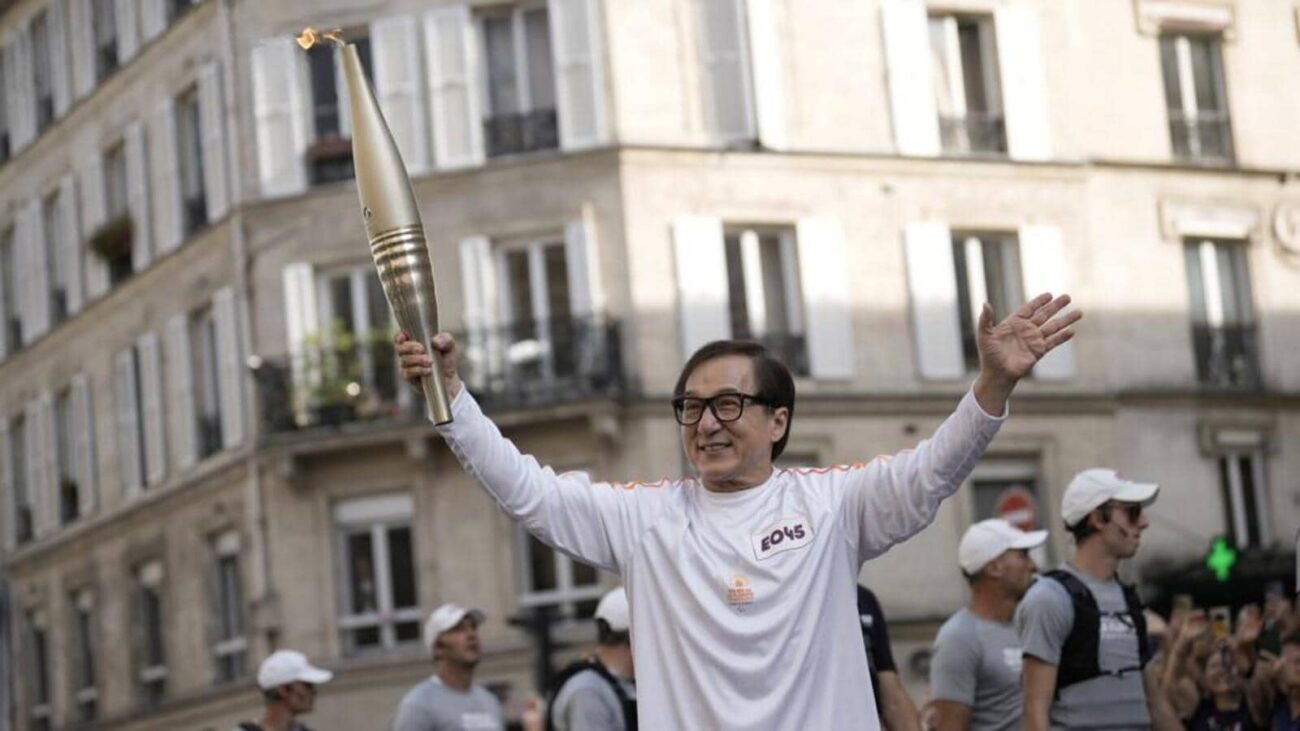The Paralympic Games, a testament to human resilience and the transformative power of sport, trace their origins to the quiet village of Stoke Mandeville in England. In the aftermath of World War II, Dr. Ludwig Guttman, a German neurologist who fled Nazi Germany, revolutionized the treatment of spinal injuries.
Challenging the prevailing belief that spinal injury patients should remain motionless, Guttman introduced sport and physiotherapy into their rehabilitation. He encouraged his patients, affectionately known as “Poppa,” to move, lift weights, and fight back. This innovative approach not only improved their physical well-being but also fostered a sense of community and purpose.
On July 28, 1948, coinciding with the opening of the Olympic Games in London, Guttman organized a sporting event for his paraplegic patients. This event, featuring archery, marked the genesis of the Stoke Mandeville Games. Over the years, the Games expanded to include more war veterans and disabled athletes, eventually becoming international in 1952.
In 1960, Rome hosted the first competition exclusively for athletes with spinal cord injuries, which is retrospectively recognized as the inaugural Paralympic Games. Eight sports were featured, including wheelchair fencing, snooker, basketball, archery, athletics, table tennis, swimming, and dartchery.
The term “Paralympic Games” was officially adopted by the International Olympic Committee (IOC) in 1984. Since 1988, the Paralympics have been held in the same city as the Olympics, showcasing the growing recognition and inclusion of athletes with disabilities.
From its humble beginnings in Stoke Mandeville, the Paralympic Games have grown exponentially, with over 4,000 athletes participating in Paris this year. The Games have not only shifted perceptions about disability but have also inspired countless individuals to overcome adversity and achieve their full potential.






